All Science
 First LookDo we need a laser cloaking device to hide Earth from aliens?
First LookDo we need a laser cloaking device to hide Earth from aliens?Just as we detect exoplanets, Earth too could be detected by other civilizations. In a new paper, scientists show us how we might cloak our home from prying eyes.
 How a 10-million-year-old snake helps bring extinct animals into full color
How a 10-million-year-old snake helps bring extinct animals into full colorAn ancient fossilized snake might be the key to unlocking the colors of the prehistoric world.
 India and China will suffer severe water stress by 2050, says study
India and China will suffer severe water stress by 2050, says studyParts of Asia will soon place unsustainable demands on their water supply, if economic growth and climate change continue at current rates, according to new MIT research.
 How a distant planet could have killed the dinosaurs
How a distant planet could have killed the dinosaursA new paper revamps the age-old theory of Planet X – a distant planet with an gravitational pull that dislodges stray comets and sends them toward Earth.
- Scientists paint a more nuanced picture of the gorilla genome
University of Washington researchers have produced a nearly complete sequence of one of humankind's closest relatives using new sequencing techniques.
 First LookJapan's lost satellite is tumbling through space, but still checking in
First LookJapan's lost satellite is tumbling through space, but still checking inJapan’s space agency says it has received a few bursts of communication with the innovative satellite Hitomi. JAXA is holding out hope for its X-ray satellite.
 Two-faced exoplanet displays huge temperature range
Two-faced exoplanet displays huge temperature rangeNASA’s Spitzer Space Telescope has given astronomers clues about the sizzling climate of the peculiar exoplanet 55 Cancri e, which is twice the size and eight times the mass of Earth.
 First LookIndia’s dancing frogs spend their tadpole years eating sand
First LookIndia’s dancing frogs spend their tadpole years eating sandScientists have dug up a 125-year mystery relating to India's famous dancing frogs, who start their lives with some even more peculiar habits.
 First LookAntarctic ice melt could drive sea levels up twice as high as we thought
First LookAntarctic ice melt could drive sea levels up twice as high as we thoughtScientists say that their new projection isn't set in stone, but they urge communities to consider worst-case scenarios as they develop their climate-adaptation plans.
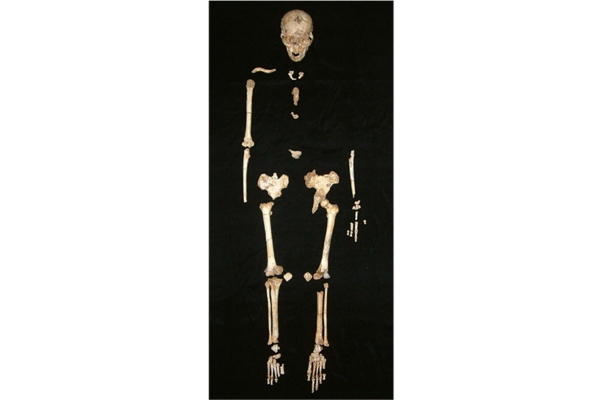 Did 'hobbit' people go extinct earlier than we thought?
Did 'hobbit' people go extinct earlier than we thought?The diminutive human species Homo floresiensis was previously thought to have lived as recently as 18,000 years ago. But a new study suggests it died out tens of thousands of years before that.
 First LookWhere do spiders come from? A tiny, prehistoric 'almost spider' offers clues.
First LookWhere do spiders come from? A tiny, prehistoric 'almost spider' offers clues.Using X-ray computed tomography scans, scientists have produced a 3D model of a spiderlike arachnid that lived some 305 million years ago. But it is missing one crucial feature shared by all modern-day spiders.
 Did Exxon Mobil mislead the public about global warming?
Did Exxon Mobil mislead the public about global warming?Several attorneys general are investigating oil giant Exxon Mobil, even as the Rockefeller Family Fund cuts its ties with the fossil fuel company.
 First LookUS has 169 active volcanoes, but scientists aren't worried
First LookUS has 169 active volcanoes, but scientists aren't worriedThe United States has dozens of active volcanoes, but between their geological history and active monitoring, most pose no threat to lives or property.
 Jupiter got hit with a big rock earlier this month
Jupiter got hit with a big rock earlier this monthOur solar system's largest planet was struck by an asteroid or a comet on March 17, and an amateur astronomer in Ireland was ready with a telescope and camera.
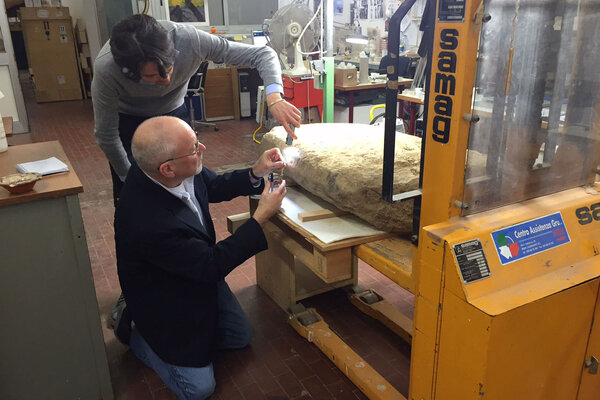 First Look2,500-year-old sandstone slab reveals clues about ancient Etruscan faith
First Look2,500-year-old sandstone slab reveals clues about ancient Etruscan faithArchaeologists unearthed a big Etruscan artifact in Italy – a big deal considering how little is known about the ancient civilization's language and religion.
 Desert mangroves: stars of carbon sequestration
Desert mangroves: stars of carbon sequestrationA new study highlights mangrove forests' stellar ability to store carbon. The somewhat surprising results only add to the clamor for a deeper conservation drive.
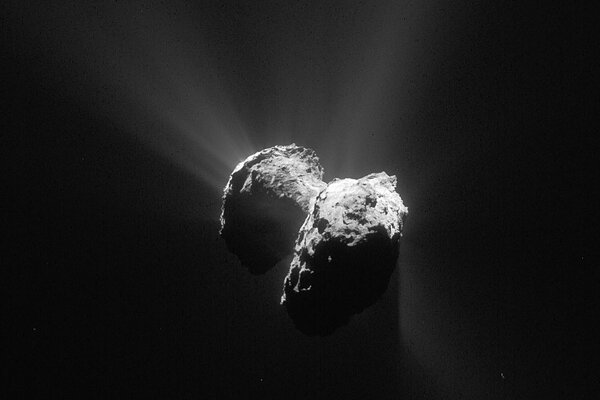 Huge comet unexpectedly whizzes past Earth
Huge comet unexpectedly whizzes past EarthA large comet made a record pass by the Earth on March 23, enhancing scientific understanding and the interests of NASA's Planetary Defense Coordination Office.
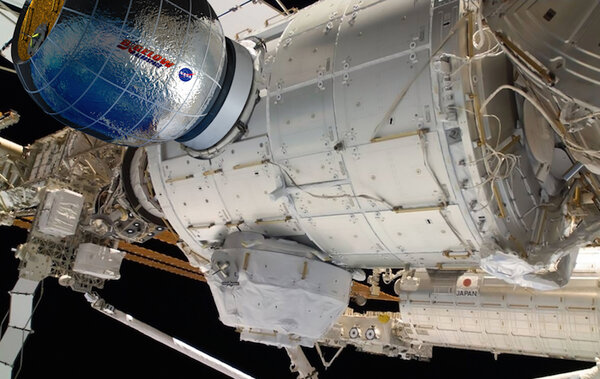 Are inflatable space habitats the future? NASA experiment to find out.
Are inflatable space habitats the future? NASA experiment to find out.The Bigelow Expandable Activity Module is heading to space. The module is compressed for travel and then expands when deployed. Crew from the International Space Station will monitor the module for a period of two years to see how it acts in space.
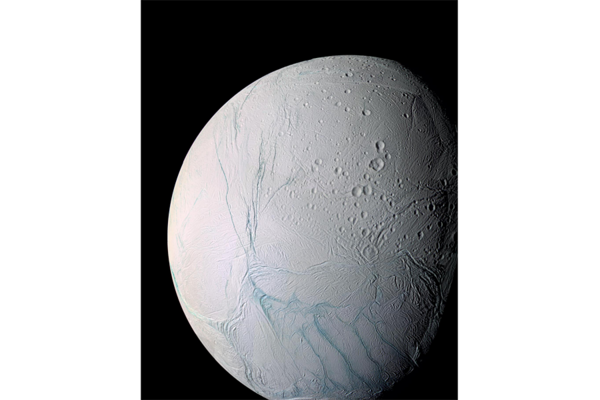 First LookA new model may solve mysteries of Enceladus' icy geysers
First LookA new model may solve mysteries of Enceladus' icy geysersResearchers may have a model that explains the puzzling geysers of Saturn's icy moon.
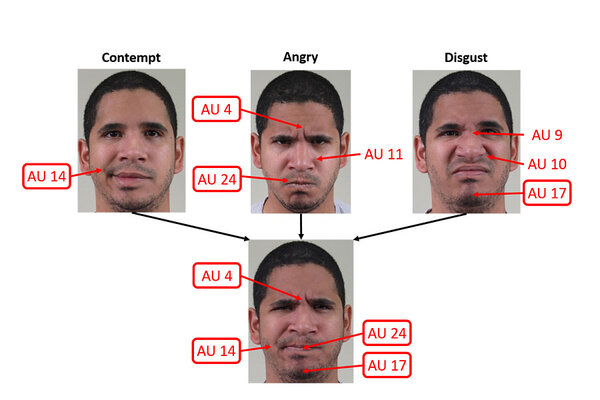 First LookWhat is the 'not face'? Everyone has one, say scientists.
First LookWhat is the 'not face'? Everyone has one, say scientists.Researchers have identified a universal facial expression of negation that could provide clues into the evolution of language.






















